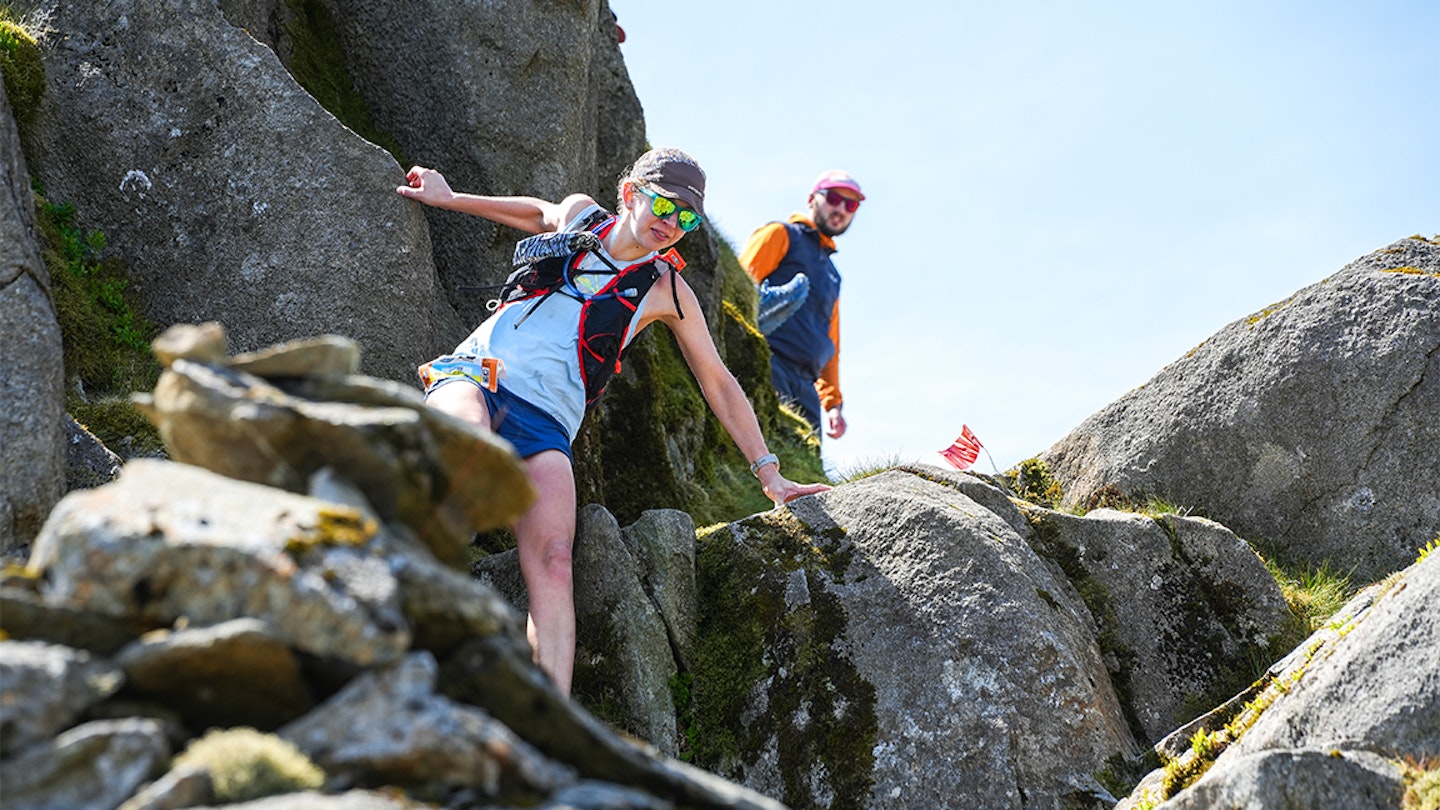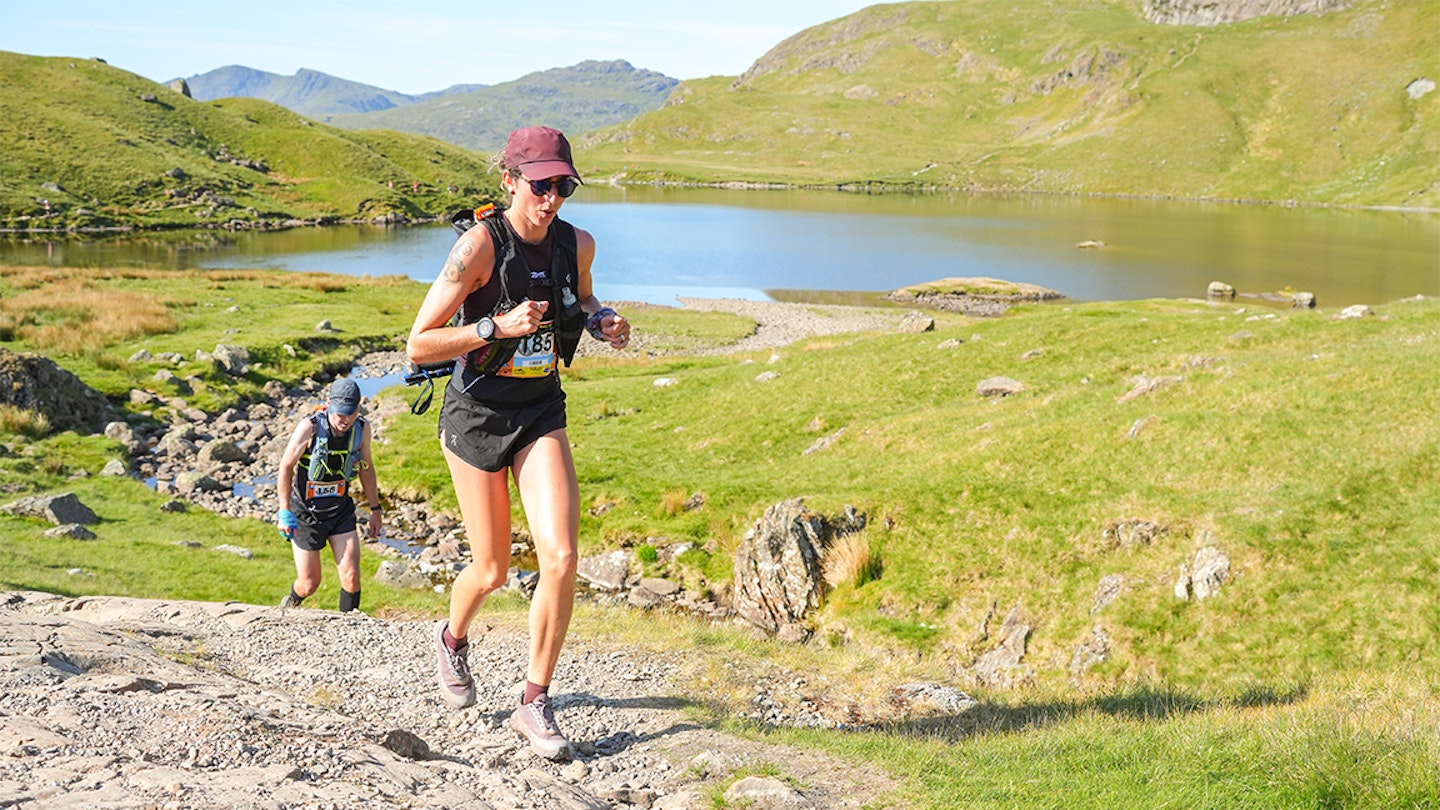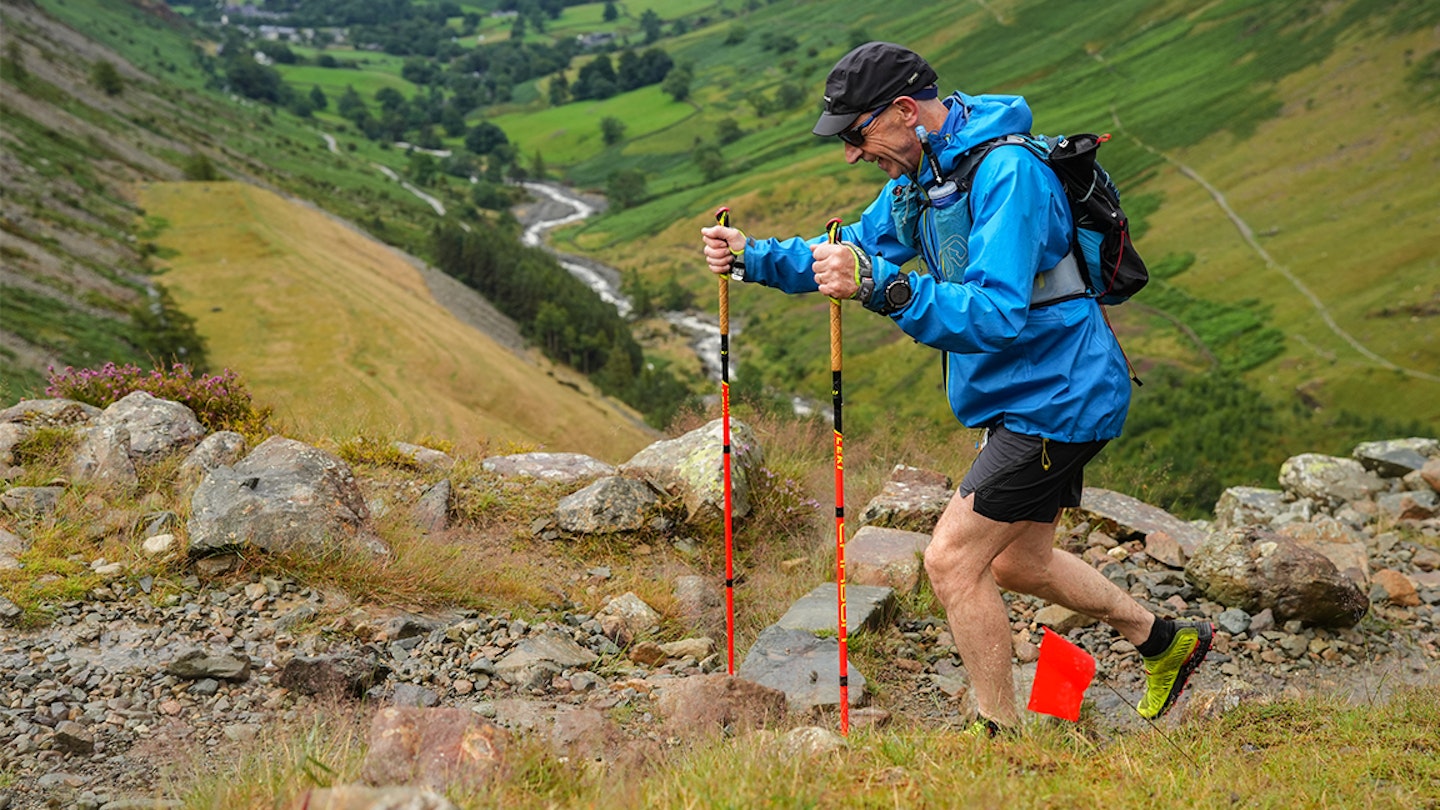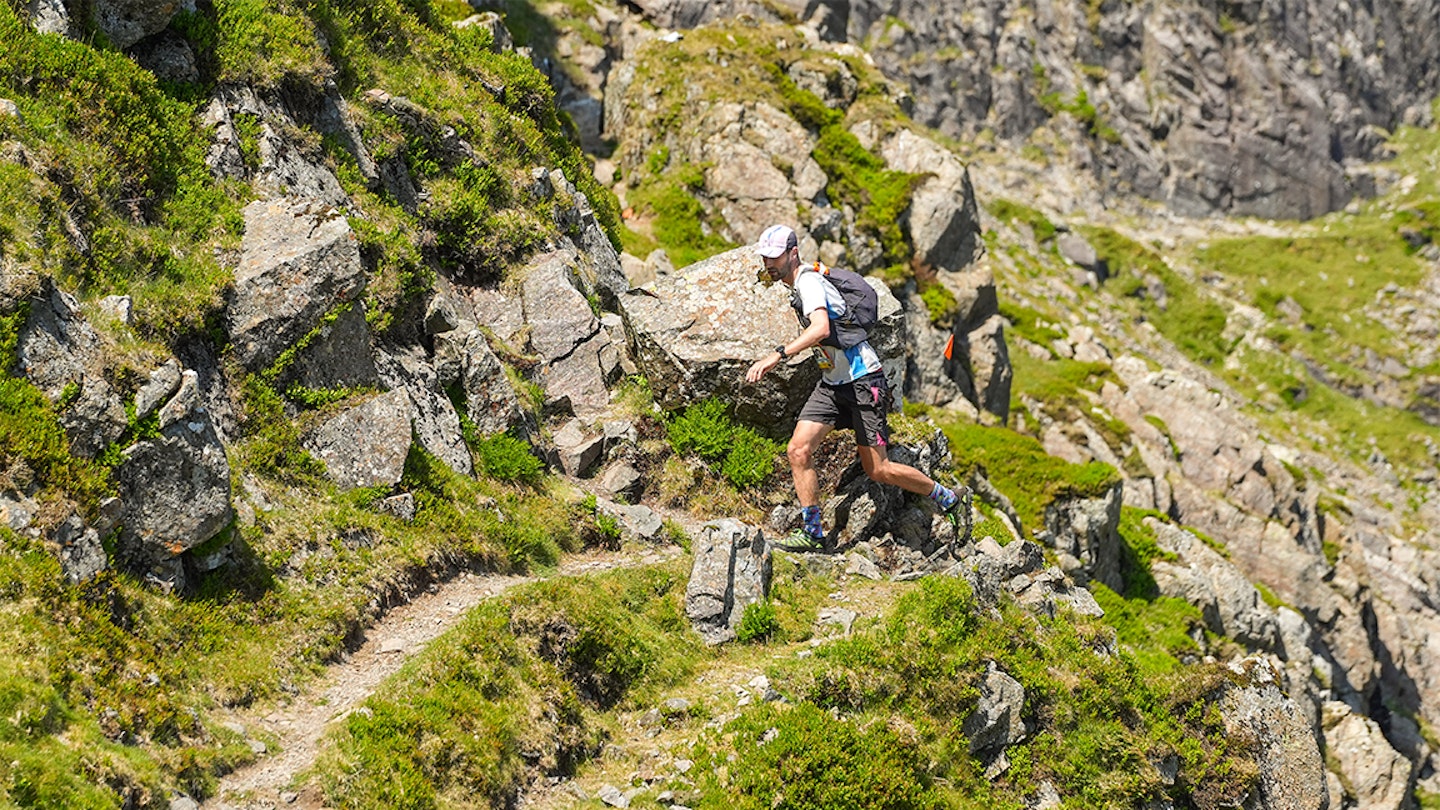Skyrunning takes place across remote, technical and difficult terrain and landscapes. The harder the effort, the better the reward though, with runners experiencing unparalleled vistas and untouched landscapes. To really enjoy the sport of skyrunning, it's prudent to train the body for the specific efforts required to reach the heights required and safely navigate the unpredictable terrain.
In this article, expert writer and ultra runner Alecsa Stewart covers key training tips for skyrunning and advice from coaches and current skyrunning champions. Here's how best to prepare for the challenges of skyrunning...

Skyrunning training: what you need to know
If you’ve signed up for your first skyrace and don’t know where to start, here’s what Doug Stewart, skyrunner, endurance coach and founder of the Elite Trail Team (of which UK and Ireland skyrunning champion George Fisher is a member), suggests for newcomers:
“If you live in Snowdonia, the Lake District or the Scottish Highlands, you likely have easy access similar terrain, but that is not possible for most of us. You can make use of small local hills to develop your climbing speed and descending skills to great effect. Indoors, the use of treadmills or stepper machines in the gym can be a really great way to improve your climbing speed.
"There is often a lot of power hiking in these events so that is one area to consider with training and something to include in your training ahead of an event. Additionally, getting comfortable descending will be key and should form part of your training.
"Another element to consider is ensuring that you replicate the conditions of your goal race as much as possible - for example, practice running on a treadmill at the same average incline as the longest climb on your race route, and do a recce if you can.
"Companies like Mountain Run, Girls on Hills, Run the Wild, and Run the Highlands, or a qualified Mountain Leader, will be very helpful with developing skills and getting to know the terrain if it is your first time doing this type of thing. Gathering knowledge of the terrain and the course can help you create a detailed plan for race day.”
Preparing for the challenges of skyrunning
There are several particular elements of skyrunning that living in a flat area cannot prepare you for: steep climbs, technical ridges and scrambling, difficult descents, and the quickly changing weather. George and Alicia Schwarzenbach, female UK and Ireland skyrunning champion, shared a few of their own tips to tackle these.

Technical, demanding terrain
This can include rocky and root-filled sections, as well as narrow single track where you may need to run off-camber depending on the terrain. It’s essential to have the right equipment to face this - beginning with good shoes. Fell running shoes are a good start, since they’re designed for good grip and versatility, and for running fast.
To prepare your feet and ankles for the terrain, work on stability exercises in the gym, such as keeping upright on one leg on a balance board. Core strength is also essential.
Navigation and mountain confidence
You’ll need to be at ease on mountain terrain, especially in more remote areas. For racing, you can use the course markers, but if you plan to recce the routes or train in similar terrain on your own, we’d recommend taking a basic navigation course. You should be able to find where you are on a map and get out of trouble should the weather change suddenly.

Height exposure
Get used to being on exposed ridges and finding your footing when climbing, through bouldering and indoor climbing practice. There are lots of indoor climbing gyms throughout the UK where you can take an introduction course. It’s also a great indoor activity for outdoor lovers!
Steep climbs
If you don’t live near the hills, you’ll need to work on your climbing in creative ways. One of the most obvious is a treadmill, although some of them only go up to 15% maximum gradient, and so will not reflect the terrain exactly.
Some gyms have treadmills that go to steeper gradients and are great for power hiking. Additionally, using a stepper machine allows for a different stimulus that is very effective.

Demanding downhills
Without long downhills to train on, it is very hard to replicate the specificity of the race. Developing good technique doesn’t require a long descent, though, and this is one area to develop by practicing on short hills closer to home.
Coach Doug Stewart also advises that “research shows that you only need a single tough downhill session to see the benefits in muscular strength. This is where a trip or two to the mountains will be very beneficial (whether a course recce or not) to allow you to practice longer descents and develop your body’s ability to absorb the impact."
Changing weather
In the UK, weather systems present an important challenge for mountain running. Conditions can change very quickly and you’ll need to have the right equipment (plus navigation knowledge) to stay safe on the hills. There are a number of specific Mountain Weather forecasts (see below) which you should consult before heading off. Plus, understanding when to turn around if the weather changes is also important.
Most races have a mandatory kit list, which will give a good starting point of what you should carry – but remember, this is the minimum and adjusting to the weather and to your individual needs is essential for your safety.
Mountain Weather forecasts:
Mountain Weather Information Service www.mwis.org.uk
Met Office Mountain Forecast www.metoffice.gov.uk/weather/specialist-forecasts/mountain
Who is The Elite Trail Team?
The Elite Trail Team aims to enhance elite runners' performance with a holistic approach that brings together world-recognised experts, learning from other high performance sports and environments, and underpinned by a focus on athlete health and wellbeing. Its vision is to bring world-class support to trail running, while helping progress the sport. Check out The Elite Trail Team on Instagram.
